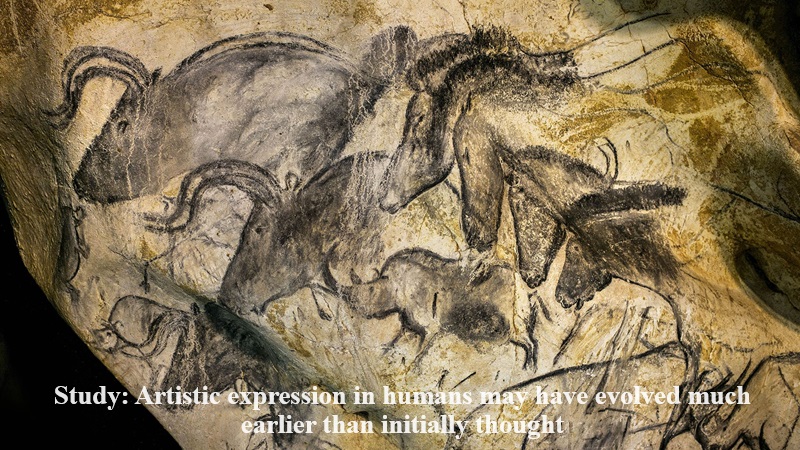
The prevailing notion linking the development of artistic expression with the emergence of Homo sapiens, our modern human form, has faced challenges, particularly with recent archaeological discoveries. The Unicorn Cave, or “Einhornhöhle,” situated in central Germany, has yielded prehistoric animal bones, some of which were repurposed as tools, challenging the conventional understanding of artistic expression.
The Unicorn Cave has been a site of significant findings, with animal bones from prehistoric times repurposed into tools, challenging the conventional understanding of artistic expression developing with Homo sapiens. A recent discovery in the cave added a new dimension to this debate. An ornately carved bone resembling an undulating chevron pattern was unearthed, prompting scientists to reconsider its purpose. Instead of being a practical tool, they speculated that it might have served a symbolic or ceremonial function.
To further investigate the age of this intriguing object, researchers conducted carbon dating, and the results were surprising. The ornate bone from the Unicorn Cave was determined to be at least 50,000 years old, challenging the assumption that symbolic or artistic expression was exclusive to Homo sapiens. This discovery suggests that such forms of expression may have been present in human species considered “less evolved” than Homo sapiens, challenging our understanding of the timeline and development of artistic capabilities in our prehistoric ancestors.

Post Your Comments